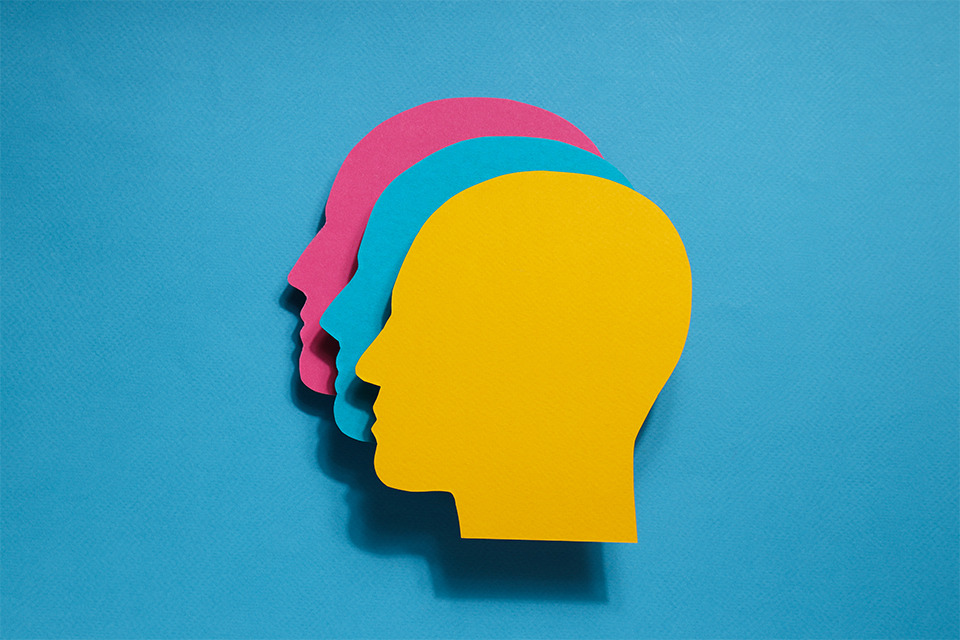Bringing Ideas to Life: The Secrets to Great Graphic Design
Taking an idea and turning it into a visual reality is not a simple task for anyone, designers included. In order to guarantee success with clients, we believe that graphic designers and branding agencies must create and adhere to a tried and true process that yields results. The same way an artist might plan a painting or a writer might write an article, creators follow a path to success and design is no different. At Everbrave, we follow a creative process that can be broken into three phases: Research, Design/Exploration and Presentation.
Phase One: Research
Before you begin any project, you need to get to know the client and find out as much as you can about them. They are the experts in what they do. It’s our job to ask the right questions and extract the information that will help us understand their vision, and who they are.
Digging deeper and researching the industry beyond your client can help you understand their world, customize your questions, and even help you discover something new. This is often that “ah-ha” moment that leads to innovation and authenticity in design.
Examples of questions you might ask your clients:
- What do you do?
- How are you different from your competitors?
- What is the history of the brand?
- What are your goals?
- Who is your ideal target audience?
- How did you come up with the company name?
- Find out preferences. What colours, textures, styles do they like or dislike? Ask what brands inspire them and why?
A good designer knows how to remain objective throughout the process. To help distinguish whether the client’s preferences are of personal taste, or are truly elements that represent the vision and culture of the company.
Phase Two: Design/Exploration
Once you’ve compiled information about the client, the industry, and their competition into a creative brief, the design process can begin.
Here are my top 5 design-dos:
- Build a creative brief. It is the road map you’re going to follow when designing. It’s important to get approval from the client so you both understand the objectives.
- Always know who the target audience is—This is a key part of your research. You need to understand who they are, and why they buy or use this service or product.
- Determine style and tone:
- Traditional vs. Contemporary
- Friendly vs. Authoritative
- Simple vs. Complex
- Static vs. Innovative
- Call me old school, but I believe sketching is a crucial part of the design/exploration process. When designers go straight from brief to computer they’re limited by the application’s preset tools. They end up spending too much time on the details, and not enough time on the concept. From experience, sketches end up being your golden ticket—they’re often the concept chosen by the client.
- Use Pinterest as part of your design/exploration workflow. Collaboratively add pins to the project board as inspiration for the project. We include anything from colour schemes, to typography styles, to photography and illustration styles.
“Clients come to you because you have something they don’t. You know how to communicate visually in the most effective way that can influence action.”
For every do, there is a design-don’t.
Here are my top 5 design-don’ts:
- It’s pretty obvious, but don’t plagiarize.
- Beware of trends. Sometimes it’s hard not to be affected by trends as we’re inundated with them constantly.
- Don’t be a negative Nancy. Don’t disregard or throw out a concept just because you didn’t see the potential. Someone might see something that you don’t see.
- Don’t design alone. Whether it’s getting help on a technical question, or getting a fresh pair of eyes to provide constructive feedback—this can help make the end result better.
- Trust your gut and don’t present work you’re not 100% happy with. There is always the chance that your client will go ahead and approve it. Your end result is a piece of art that has your name attached to it. Your final designs should be something you’re proud of, something you’d take a bullet for— not regret for the rest of your life.
Phase Three: Presentation
I’ve seen this happen over and over again, but many designers leave little time for presentation. This phase is just as important as design/exploration. When a designer doesn’t present their idea properly, it’s a betrayal to the concept. It’s a pity to see a great idea die because the presentation did not capture the passion and inspiration that has been so thoughtfully integrated into the design.
My advice is you should always provide a killer rationale. Don’t let a decision happen based on someone’s taste or bias. Rationalize your choices, everything from typography, to colour scheme, to graphic elements.
The presentation is also where you’re going to receive instant feedback. You’ll be able to observe the client’s body language and their reaction to the design. It allows you to discuss in person the things they like, or don’t like about the presented piece, and then move forward quickly with new insight.
Remember! Clients come to you because you have something they don’t. You know how to communicate visually in the most effective way that can influence action—it’s a superpower we possess, but ultimately this process needs to be inclusive. Work with your clients and you will achieve the best outcome!



